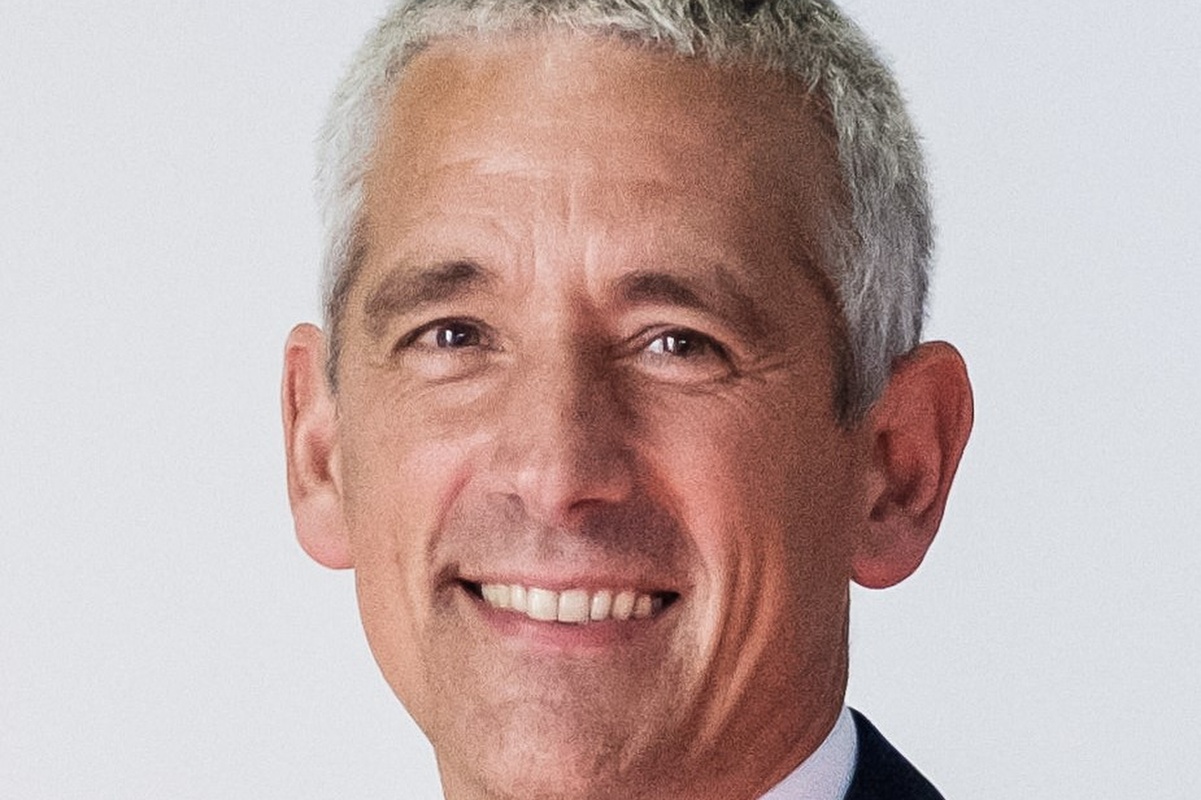Fuelled by impending 5G, pressure on operators to automate their networks is mounting. So where are European operators in their journeys and what obstacles do they still need to overcome, asks Kate O’Flaherty?
Network automation has been steadily increasing over recent years as operators realise the potential cost savings and customer service improvements. But over the last year, automation has become more urgent as the reality of 5G draws tantalisingly close. As BT’s Chief Architect, Neil McRae (pictured below), recently said about 5G operations: “It’s automate or die; we have to automate everything.”

In response to external pressures, many operators are ramping up their activity, at least publicly. Three recently announced it is moving to a totally virtualised core; Vodafone, BT and Orange are increasingly active in the area; while Telefónica is focusing heavily on automating its networks and adding artificial intelligence (AI) ahead of the launch of 5G.
But new analysis from Rethink Technology Research shows a different picture: Operators are slowing investment and reducing their ambitions in network automation.
According to Rethink’s report, many operators’ plans for completion of self-organising networks have now slipped back to the mid-2020s. Globally, only 18% expect to have more than 40% of functions automated by the end of this year.
Among the issues, Rethink said operators fear organisational upheaval, while immaturity of the technology and an overall lack of urgency are preventing the necessary change. So where are operators in their automation journeys – and what challenges are still holding them back?
There are big differences in operators’ progress, said Broadband Forum’s CEO, Robin Mersh. He conceded that perhaps there has been “a little bit of a pause: not so much about automation but more around using software defined networking [SDN] and network functions virtualisation [NFV]”.
Network automation focus areas
As part of their network automation journeys, Daniel Ramirez, Mobile Solutions Manager, TEOCO, said operators are focusing on two key areas: ensuring network resilience and provisioning services.
Operators are concentrating on automating their core infrastructure software and distributed customer premises equipment offerings, said Nathan Rader, Director of NFV Strategy at Canonical. “Automating core infrastructure software will be essential in helping telcos generate revenue from these non-differentiating services at a time of 5G-enabled applications, as well as for scaling network resources up and down based on customers’ changing demands.”
Monitoring, stability and scalability directly impact the end customer experience, making these elements “critical” to operators, noted Susan James, Senior Director of Telecommunications Strategy, Red Hat (pictured below).

She said a lot of progress has been made in the provisioning of services, which has led to “significant improvement in responsiveness to customers, as well as cost savings”.
At the same time, there is a big focus among many operators in finding the most feasible technology solution for automation, for example, the best NFV orchestrator or DevOps tools, said Aurelio Nocerino, Managing Director, EALA Lead for Next Generation Enterprise Services Practice at Accenture.
According to George Glass, VP of Architecture and APIs at TM Forum (pictured below), operators want to automate the management of the network: “We want to move to real-time zero-touch automation of the network, but we are not seeing that happening.”

TM Forum has kicked off a new piece of work called Autonomous Networks to help manage networks of the future. “We are seeing a number of operators automating existing processes and not making the transformation steps needed,” added Glass. “They need to look at where the network elements themselves can be moved to be automated and controlled.”
Operators’ journeys
But what do the operators themselves say? BT’s Chief Architect Neil McRae explained the firm’s journey: “When we hosted the London Olympics, it started us on a different path. The 100-metre sprint was a 10-second event and we realised our current way of looking at the network – which was based on 15-minute events – probably wasn’t good enough.
“It started us thinking about how more of what we do on the network is mission critical and cannot fail. It can take minutes for humans to solve anything, so humans are out: automation’s the only choice.”
The next challenge was infrastructure, such as base stations, the core network, and optical devices – which were all designed for 15-minute cycles. McRae said the breakthrough moment came when the operator realised it needed more information from the network to be able to react more quickly. This saw it introduce telemetry streaming.
“It’s a similar technology to what Google and Netflix are using to deliver video to YouTube and Netflix,” he explained. The firm used this for analysis and tools, some script based, others AI- and machine learning-based, to make decisions about certain situations.
Said McRae, “Imagine our network is suddenly streaming all this data. We can say, ‘When the network is working well, the data flow looks like this’. When something goes wrong, the data flow changes.
“We can map events to that data changing and see a failure in a device, for example in Edinburgh. We can then ask the network to change what it’s doing to cope with that problem. We can do this very quickly and almost in real time.”
Working with Google
BT worked closely with Google on developing this streaming technology that allows a real-time view of the network. At the same time, BT is in the early stages of building a cloud network to allow it to scale up and down in line with demand depending on customer needs.
Another European operator that says it’s focusing on automation is Orange. Yves Bellego, Director, Network Strategy at Orange (pictured below), said all the operator’s networks have automation tools doing everyday optimisation. “This has become totally business as usual.”

Bellego cited two main drivers for automation: “One is to make savings, and the other is to identify problems before customers notice and fix them.”
Six months ago, Orange started adding machine learning algorithms to anticipate evolutions in traffic and so it can adjust in advance to cope. “We analyse the last two weeks and anticipate evolution of traffic and adjust the coverage of different radio sites,” Bellego said.
Orange will continue to develop its traffic management. “In the past we weren’t that accurate as traffic was growing rapidly. It was growing so fast that we needed to upgrade capacity, but now growth is slowly declining, so we need to manage the traffic to save costs.”
Orange is also adding AI into different algorithms.
Challenges in automation
Progress is being made, but there are still obstacles in operators’ automation journeys. A key challenge initially is where to start with automation, said Red Hat’s James. This includes how to do it in a consistent way, and how to capitalise on what others have already done and learnt.
Another issue that’s existed since the inception of network automation is the required change in ways of working. McRae said it is tempting to roll things out and add automation afterwards, but “We can’t work in that way.”
Most operators understand they need to change the way they are working, said Nocerino. “They need to apply the principle that if they break something, they are in charge of fixing it. It requires a different mindset and approach.”
McRae said mindset was an issue before, but engineers are starting to realise that the way things were done won’t work in the future. “We had a third-line support team that were typically experts in configuration, but they are now experts in programming.”
However, he conceded that there aren’t enough skilled experts. BT is trying to resolve this by bringing in graduates to train in an ‘automation academy’. “You need to understand code and logic, but also the network protocols. This can be challenging. In the network we focus on state – what is the current position of the network? In IT you look at things transactionally.”
Getting into training
Training is important, said Victor Omosevwerha, independent IT consultant, Gridlockaz Consulting, and some firms are rolling out modern automation tools, such as Ansible and Puppet, alongside older solutions, such as Infoblox.
“This brings the current teams into and alongside the automation process. The main thing is to show automation as a skills enabler and not a threat. Automation gives seasoned engineers a new lease, especially when they realise that none of their current knowledge is wasted.
“Far from it – they will be in high demand if they are able to combine their networking experience with newly acquired automation skills.”
Increasing use of open source can be a challenge, Orange’s Bellego said. “In the past we would buy from people we know well, such as Ericsson and Huawei. Now we need to change that mindset and buy different pieces from multiple sources.”
Curated data
Meanwhile, Dennis Lorenzin SVP, Network Cognitive Services, Global Services at Nokia (pictured below) said data curation can be complex. “It’s a well-known fact that you need curated data with a degree of standardisation for automation.”

Indeed, network automation can offer multiple benefits, but the area overall is very complex. “It’s getting beyond the ability of the human brain to be able to understand it or respond fast enough,” said Glass. “Initially, people used analytics, but now we are understanding patterns using machine learning. This allows you to let the computer learn for itself and it improves the AI engine so it’s self-configuring.”
It is true that experts note a slowdown in operators’ network automation journeys, particularly outside more developed areas such as North America and Asia. However, it could be just a matter of getting over the final complexities as operators grapple with adding machine learning and AI to their networks, as well as managing the data that feeds it.
5G is progressing and, in the competitive battle to improve the customer experience, network automation will certainly be an accelerating factor.



